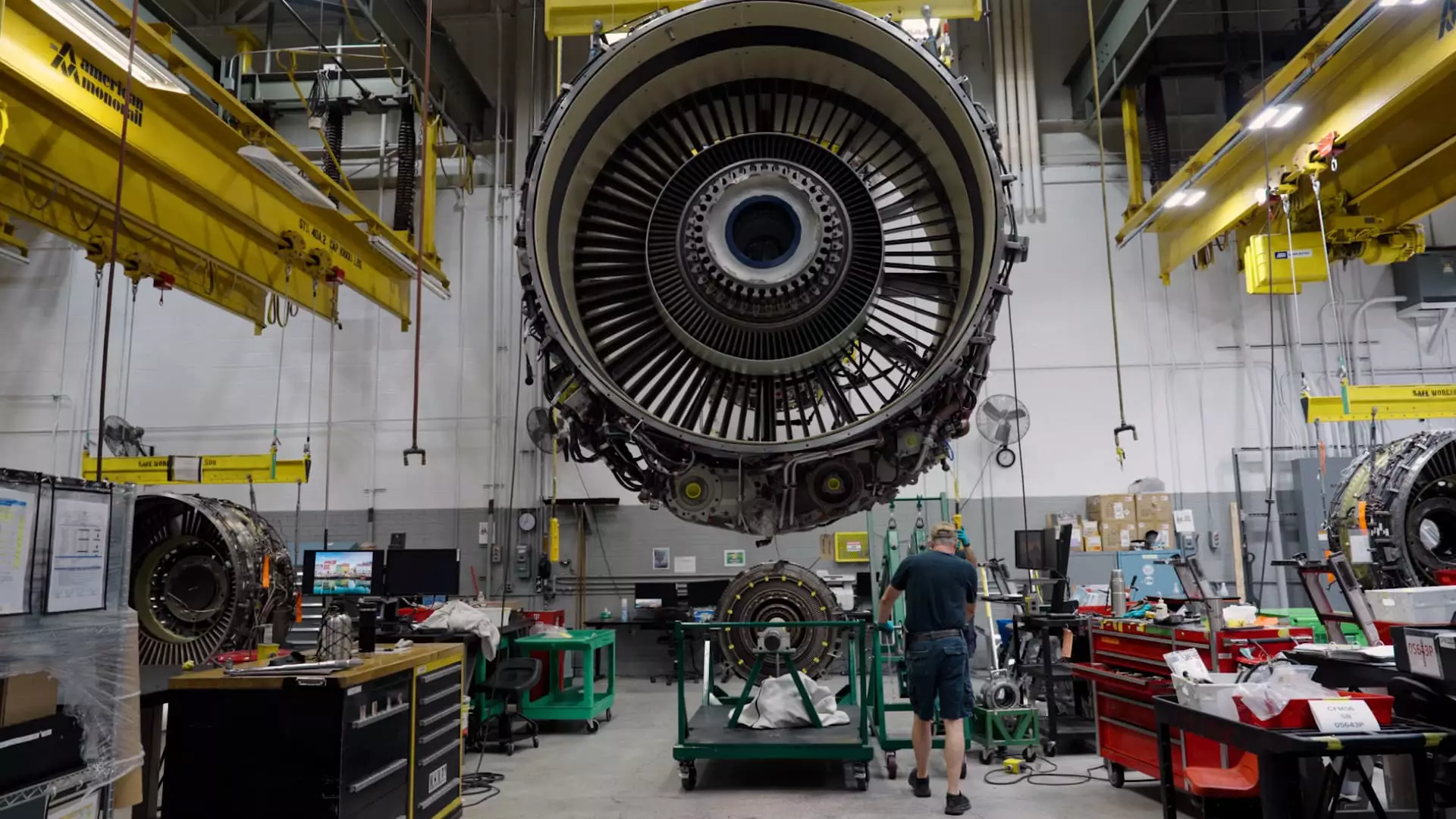The aircraft engine repair industry is facing numerous challenges that are causing a bottleneck in engine repairs and overhauls. Parts and labor shortages, delayed deliveries of new airplanes from Boeing and Airbus, as well as an engine recall from Pratt & Whitney, have all contributed to the overflow of work in engine shops around the world. As a result, the repair and overhaul of engines has become a $58 billion business this year, doubling from the $31 billion it was before the pandemic. This surge in demand has put a strain on engine makers like GE Aerospace, Pratt & Whitney, and Rolls-Royce, as well as the smaller specialists that service their engines.
American Airlines’ Response
American Airlines has taken matters into its own hands to address the challenges in the industry. By increasing the work done in its bustling engine shop at Tulsa International Airport, American Airlines has managed to ramp up its overhauls by approximately 60% from 2023. This increase in capacity has allowed them to service over 16 engines a month, up from just five a month in 2022. By taking control of their own engine repairs, American Airlines has been able to minimize the turnaround time for their engines, completing overhauls in less than 60 days compared to the 120 to 200 days it takes in outside shops.
The disruptions caused by the COVID-19 pandemic have played a significant role in the current state of the engine repair industry. As airlines cut thousands of skilled workers during the travel slump, they are now facing shortages of experienced personnel and key components needed for repairs. Furthermore, delays in the delivery of new airplanes from Airbus and Boeing have forced airlines to keep older jetliners in service longer than planned, leading to an increase in the demand for routine maintenance and overhauls.
Overhauls of aircraft engines can be extremely expensive, costing up to $5 million per engine and even more for wide-body airplanes. The process involves the removal and replacement of hundreds of parts, as well as thorough cleaning and inspection of components. The high cost of engine repairs is compounded by the scarcity of key parts, which are not only hard to find but also come at a premium price. Additionally, newer engines that run hotter and consume less fuel are entering repair shops earlier than anticipated, causing frustration for airline CEOs.
Despite the challenges faced by airlines and engine shops, engine suppliers like GE Aerospace are reaping substantial profits from the surge in demand for engine overhauls. GE Aerospace generated $11.7 billion from engine maintenance, repairs, and overhauls in the first half of 2024, accounting for 65% of its revenue. This aftermarket aspect of the engine business is where companies make the bulk of their profits, much like the razor-and-blade business model.
Recognizing the growing demand for engine overhauls, GE Aerospace has announced plans to invest $1 billion in upgrading its engine shops worldwide over the next five years. This investment signals a commitment to improving efficiency and capacity in engine repair operations to meet the rising demands from airlines. As engine leasing rates continue to climb due to the scarcity of spare engines, it is essential for suppliers to enhance their maintenance capabilities to support the growing needs of the industry.
The aircraft engine repair industry is facing unprecedented challenges due to parts shortages, labor constraints, delayed deliveries, and ongoing supply chain issues. Airlines like American Airlines are taking proactive measures to address these challenges by expanding their in-house engine repair capabilities. While the current state of the industry is fraught with difficulties, there are opportunities for growth and profitability for engine suppliers who invest in enhancing their maintenance operations.


Leave a Reply